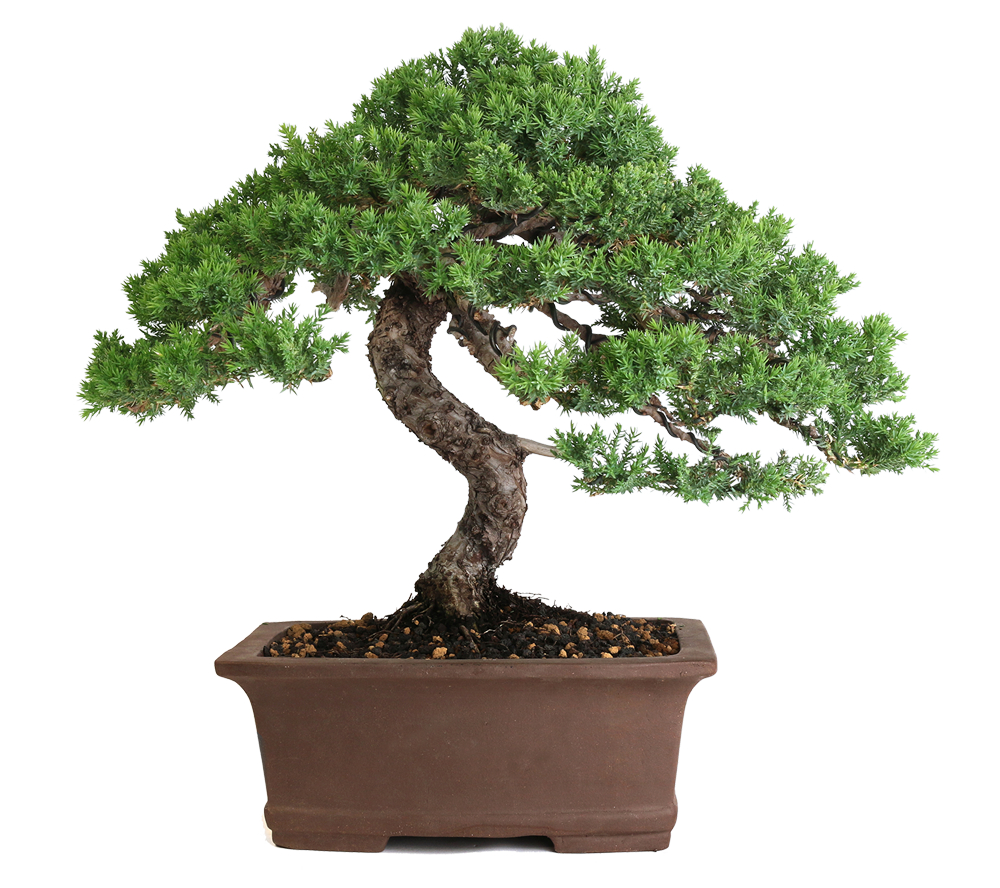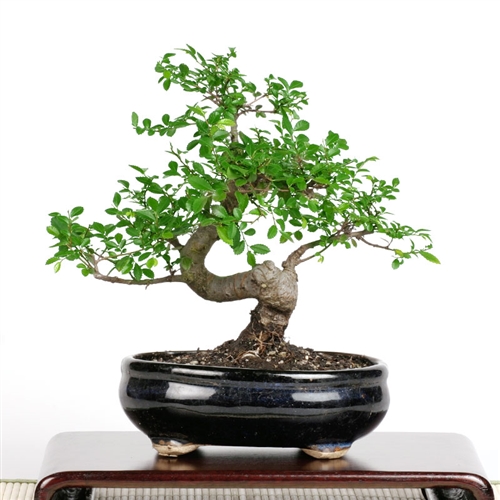
Getting Started:
What is a Bonsai?
Originating over 1,300 years ago, the popular art of putting a tree in a pot originates back to China where it spread to Japan and Korea. The literal translation of ‘bon” “sai” originates from the Chinese term “pen” “tsai” or “tree in a pot”. The art has grown and reached all over the world, with the practice adopting different forms and styles.
The essence of the art is cultivating a tree in a pot. This can include any tree and any species. However, not all species of trees enjoy being placed in a small container. That is why many certain species of trees are commonly used for bonsai.
As the practice grew, artists and practioners have developed methods for manipulating the branches of trees. These methods include shaping trees by pruning or even using techniques to bend branches. Because of the potential for creative expression, the art has developed continuously as artists and individuals have found different ways to shape and style a tree in a pot.
Creating a Bonsai
The Four Stages
The steps for creating a bonsai can range from potting nursery stock into a nice pot to cultivating and training collected trees for decades before placing it into a pot. However, bonsai are created typically by following these four steps.
1. Raw Material
Raw material refers to nursery stock or collected material in its rawest form. The most common form of raw material is nursery stock, or trees grown from nurseries. These trees are grown naturally without any shaping or training.
2. Shaping & Styling
From raw material, trees will enter the shaping and styling stage. This stage can last a single season to many years depending on the quality of the raw material. During this stage, the goal is to encourage desired branch growth. Selecting branches and the overall style is determined during this stage.
3. Pot Selection
Once the tree has been trained to the desired shape, a pot is chosen for the tree. The tree is then repot into that pot. The tree will continue to grow but at a slower rate once placed in a pot. As the tree continues to grow and develop, the artist may change the style or replace the pot.
4. Maintenance and Growth
Once in a pot, the tree will require maintenance to keep its form. This includes providing nourishment as well as pruning and shaping as the tree continues to grow.
The Elements of a Bonsai
The design of a bonsai tree depend entirely on the artist and creator. However, you will find these common elements in most bonsai trees.
- Developed Branches including first, second and back Branches
- Strong Trunk (Movement or Straight)
- Distinctive Style (ex: Formal Upright, Informal Unpright, Slant, Cascade)
- Planted in a Pot
Conifer Bonsai Trees
Conifer bonsai trees include Junipers, Pines, Cedars, Cypresses, and other species that produce cones. Many of these trees are evergreen and are work extremely well for bonsai due to their more compact foliage and distinctive trunks.
Tropical Bonsai Trees
Tropical bonsai trees include many varieties of Ficus, Chinese Elms, Fukien Tea. They enjoy more humid environments and are very fast growers.
Deciduous Bonsai Trees
Deciduous bonsai trees include tree in which the leaves fall off every winter. These trees include the popular Maple. However, they also include Oak, Beech and other trees drop their leaves during the colder months. Well shaped deciduous trees look very special during winter since you are able to view branch ramification.
Other Popular Bonsai Trees
However, artists are always experimenting with new species.
Choose your style...
Common Species of Trees for Bonsai
A common misconception about bonsai is that the trees used for bonsai are miniature species used specifically for bonsai. The reality, however, is that the species of trees used are the same as the ones found in your garden or planted on the side of your street.
Bonsai are created from many common species of trees. Through certain techniques, we can turn the same species of trees into smaller forms.
Some of these include reducing leaf size, trunk chopping, defoliation, and regular pruning. For more techniques, please visit our techniques page.






You must be logged in to post a comment.